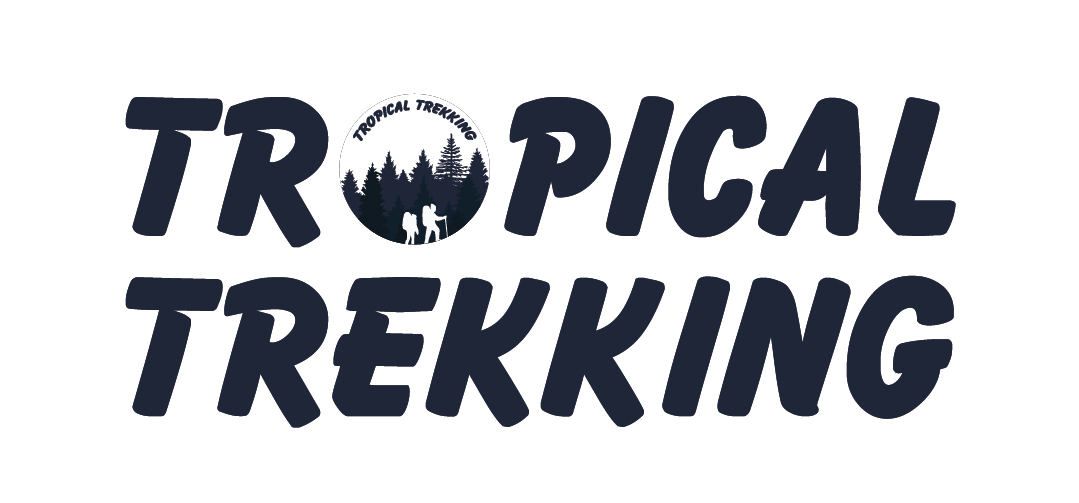HOW TO SURVIVE A SNAKEBITE IN THE FOREST
Equipping First Aid Snake bite is one of the skills that any trekker must know when moving in the forest.
Not all snakes are dangerous to humans. There are certain differences between venomous and non-venomous snakes. Therefore you should learn how to give first aid when bitten by a venomous snake, so that you can minimize the harm caused by snake venom to the body, and limit the risks unfortunately.

Identify venomous and non-venomous snake bites
There are more than 3,000 species of snakes in the world, poisonous snakes account for about 15-20% of them. This number is lower than in Vietnam with 140 species of snakes, 18 species of venomous snakes on land and 13 different species in the sea.
Instructions on how to distinguish poisonous snakes and non-venomous snakes
| Features | Venomous Snake | Non-venomous snake |
| Species |
| Grass-snake, Coluber, … |
| Head and tail |
|
|
| Eyes | Round pupils | The pupil has vertical stripes |
| Color of skin | Vibrantly colored skin (especially with rhinestones or diamonds, or 3 or more colors) | Skin has a normal color, not very prominent. (However, there are still many special cases) |
| Fang | There are 2 large poisonous fangs, located in the upper jaw. When the snake opens its mouth wide, these fangs can be seen | Only tiny teeth |
| Snake bite | Because of 2 poisonous fangs, they leave very clear 2 teeth marks about 5mm-1cm apart. Other minor tooth marks are more faint. | Leaves impressions of both small teeth, no fang marks. |
Symptoms of a venomous snake bite
- Severe pain at the bite site for 15-30 minutes, then the bite begins to be pufed with oedema and bruise.
- The venom spreads quickly throughout the body causing itching and numbness.
- Heart rate increases sharply, nausea, shortness of breath.
Death rates from venomous snake bites are often due to paralysis of the muscles that cause difficulty breathing and loss of blood.

First aid when bitten by a poisonous snake in the forest
First Aid Objectives
To perform first aid for a person bitten by a venomous snake, you must clearly understand that the purpose is to prevent and slow down the venom from entering the victim's body, causing dangerous complications.
Instructions on first aid steps when bitten by a venomous snake
You should give first aid to the victim immediately when in the forest, then find a way to take the victim to the nearest medical facility.
- Move the victim out of the snake's area.
- Reassure the victim, they should keep calm and minimize movement. Because movement will make the venom move faster.
- Remove jewelry and loosen clothing around the bite area.
- ĐLet the victim lie in a position so that the heart is higher than the area bitten by the snake.
- Wash the wound by water or antiseptic and wipe before administering any other snake bite first aid.
- Identify the external characteristics of the snake to know for sure what kind of snake it is. If the bite is caused by a Elapidae, applying A pressure-immobilization bandage to the wound can slow the penetration of the venom. However, with some species of viper, that isn't effective.
How to apply a pressure-immobilization bandage to a patient with a neurotoxic snakebite (source: www.snakebitefoundation.org):
- The bandage should be as tight as you would apply to a sprained ankle. The patient should avoid any unnecessary movements.
- The bandage should be as tight as you would apply to a sprained ankle. The patient should avoid any unnecessary movements.
- Extend the bandages as high as possible.
- Applying a splint to the leg, immobilising joints either side of the bite OTIC UT doing so will assist venom to enter the blood stream. Keep the bitten leg still.
- Bind it firmly to as much of the leg as possible. Walking should be restricted.
- Bites on the hand and forearm: a bind to elbow, b use splint to elbow, and c use sling.

Attention: Victims of venomous snake bites should be taken to the hospital as soon as possible. In addition to the instructions above, you should not take unproven measures such as: sucking venom, applying cold ice, electrocuting the victim, cutting or burning the wound.
You should also not try to catch or kill snakes. Venomous snakes are very dangerous, they can come back to bite you even after they were dead. You should take pictures or remember their identification to notify the emergency doctor, and return the snake to the wild.

